The Ultimate Tire Size Guide
Every driver has to know the tires size, but the numbers might be confusing. Purchasing new tires could become too challenging if you don’t know what size tires are right for your car.
But in order to understand tire size statistics, we need to consider the many types of tires that different tire manufacturers produce. The versatile tire size format of metric and numeric tires can be more problematic. However, a tire size guide can be quite helpful when determining the tire size, regardless of whether it is an LT or a passenger tire.
We will go over everything in detail today, from where to find the tire size to “How to read a tire size.”
Where to Find the Tire Size?
There are several methods for determining your car’s tire size, and it’s not tough to do. Automobile manufacturers make sure the tire size is easy to find. Due to this, they put the stickers indicating the recommended tire size in various places.
The most common tire size locations are as follows:
Owner’s Manual – The suggested tire sizes are mentioned in the owner’s manual for the car. Sometimes it makes note of appropriate alternative tire sizes.
Driver-side Door (Jamb) – Automobile manufacturers attach a sticker on the driver-side door or door jamb to display the OE tire size
Glove Box Door – Opening the glove box door can show an additional tire size sticker within.
Gas Tank Hatch – The vehicle’s original equipment tire size is displayed on a smaller sticker found on the gas tank hatch.
Current Tires – The safest method to determine the tire size is to check the current tire. The OEM tire size will not fit if the OE tires and wheels have ever been changed in any way.
How to Read Tire Size Numbers?
Finding the tire size placement that is recommended is only the first step. It’s important to understand how to accurately read a tire size before purchasing new tires.
Tire size numbers can be difficult to read. Not everything is straightforward, and being unable to assess tire size can get you into trouble.
What does the term “tire size” for floatation numeric and metric tires mean? Let’s examine them together.
Metric Tire Size
Metric tire sizes are suitable for your car, whether you need an LT or a passenger pair. Metric tire sizes are used to identify models in the majority of performance categories, including touring, performance, highway, and even certain off-road tires. They are the most common tire size on the roads as a result.
This explains the metric tire size:
Letters
Metric tires indicate what kind of vehicle they are intended for before showing the tire size. The letters “P,” “LT,” or “ST” are placed by manufacturers to the tire size.
if the tire size begins with a “P” the tire is designed for passenger cars, SUVs, crossovers, and electric vehicles On the other hand, light truck tires are marked with the letters “LT” front of the tread width. When the tire size begins with “ST” it means the tires are for Specialty Trailers.
Some tires are identified as commercial van tires by the letter “C” at the end of the tire size.
Tire Width
The tire width is the first number in the tire size, which is a combination of three numbers. The tire width size is displayed in millimeters and is measured across the tire’s footprint, from sidewall to sidewall.
for example, the tire footprint is 205 mm wide if the tire size is 205/55R16.
Also Read: What Are Tire Tread Patterns?
Aspect Ratio
The middle number in the tire size is the aspect ratio, sometimes referred to as the tire sidewall size. This two-digit number represents the percentage difference between the tire’s cross-sectional height and breadth. For tires with the same width, the higher that number is, the taller the sidewall.
Therefore, the aspect ratio for the same 205/55R16 size will be 55% of its width.
Construction
The letter that describes the tire’s construction is located between the second and third numbers. This second letter comes after the aspect ratio, and it can be “R,” “D,” or simply a hyphen (-).
The hyphen denotes a bias-ply construction, “R” denotes a radial construction, and “D” denotes a diagonal structure. The tires behave differently as a result of their internal structures, and which one you select will depend on how they will be used.
A high-performance tire is identified by the letter “ZR” in the tire size. Radial tires with a safe top speed of 150 mph or more are called ZR tires.
Related Article: Difference Between Radial and Bias Tyres
Diameter
The tire size diameter, also known as the rim size or rim diameter, is the tire size’s last digit. It tells drivers the rim size required for the specific tires.
Drivers are able to adjust the first two numbers to some extent, but changing the last number requires purchasing new rims.
Flotation or Numeric Tire Sizing
Tire manufacturers also make off-road truck tires and commercial truck tires with this sizing type, even though flotation tires are more frequently employed for specialty vehicles like ATVs or tractors. Because of the bigger footprint of these tires, wider wheels are required. But this also makes it easier for them to conquer a variety of off-road environments.
Flotation tires.tire size is measured in inches
Tire Height
The overall tire height, or tire diameter, is the first digit in the tire size. To find the tire size measure the distance between the ground and the upper center of the tire
The tire is 35 inches tall if it has the size 35×12.50R17.
Tire Width
In flotation sizes, the tire size’s middle number is not the sidewall height. Rather, it refers to the section width from one sidewall to the other. Unlike metric tire sizes, this does not measure the tire tread or footprint width.
The tire is 12.50 inches wide when it is the 35×12.50R17 tire size.
Construction
Brands produce off-road flotation tires with bias or radial compositions. The tire has a radial structure if the letter R is positioned after the width, the second number in the tire size. However, it has a bias-ply one if the final two digits are separated only by a hyphen (-).
For example, 35×12.50-17 tires are bias-plied, while 35×12.50R17 tires are radial.
Rim Diameter
The last tire size number indicates the rim diameter, indicating the rim size that the tires require in order to operate as expected. Even when a tire size is converted to metric, these tire size marks remain the same.
Load and Speed Ratings
The speed and load ratings are also marked on the tires. These indexes, which show the maximum load and speed durability of a particular tire, are located on the sidewall of the tire following the tire size.
The maximum load capacity of a single tire is indicated by the load index, which is the number directly following the tire size. This is a scale of numbers that ranges from 1 to 150. SUVs and trucks have a load index exceeding 100, while most passenger cars have one between 75 and 100. Tire sizes in metric LT will have two load ratings.
Also Read: How Long Does It Take To Change A Tire?
The speed rating, on the other hand, comes after the load index as a letter. It stands for each tire’s maximum speed and durability. The letters are ordered alphabetically and range from A1 to ZR – except for H. Based on a tire’s performance category and characteristics, manufacturers assign a speed rating.
Why Tire Size Matters
Selecting the right tire size is important for several reasons:
- Safety: Incorrect tire size can compromise vehicle handling, braking, and overall stability, increasing the risk of accidents.
- Performance: The right tire size ensures optimal performance, including acceleration, cornering, and fuel efficiency.
- Comfort: Properly sized tires contribute to a smoother and more comfortable ride.
- Longevity: Correctly sized tires wear evenly, extending their lifespan.
Also Read: 10 Most Common Tire Problems To Avoid
Conclusion
Understanding tire sizes is essential for maintaining your vehicle’s safety, performance, and comfort. By knowing how to read tire size codes and choosing the correct size for your driving needs, you can ensure optimal performance and longevity for your tires. Always refer to your vehicle’s manual, consider your driving conditions, and consult with a tire professional when in doubt. This ultimate tire size guide lets you make informed decisions about your tires. Happy driving!

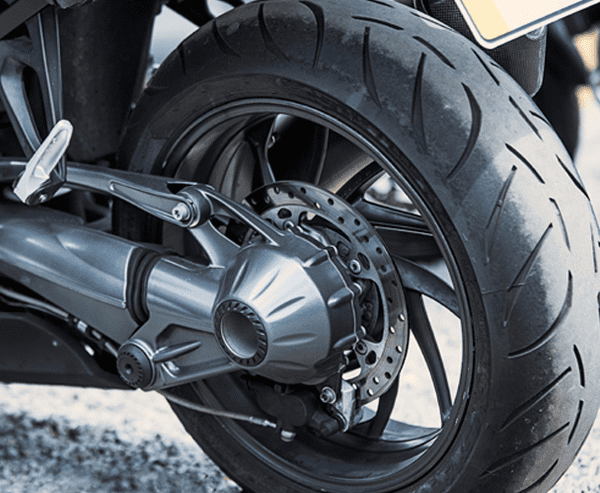
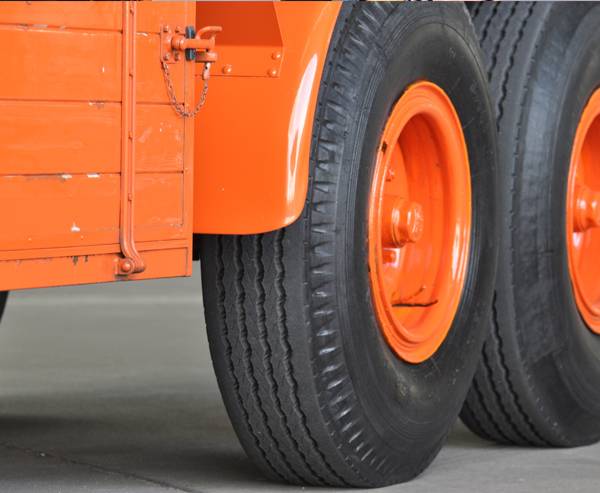
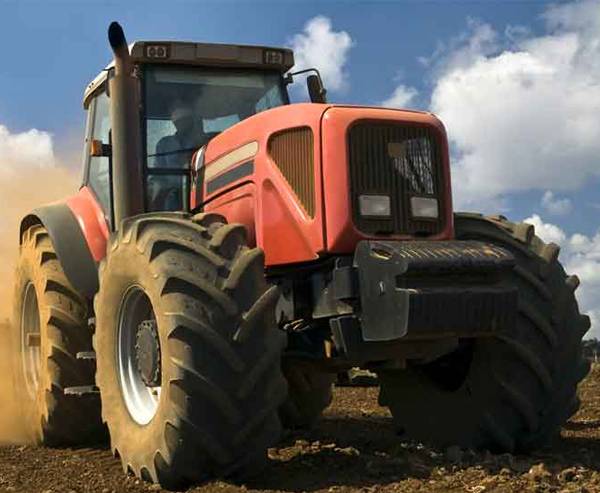
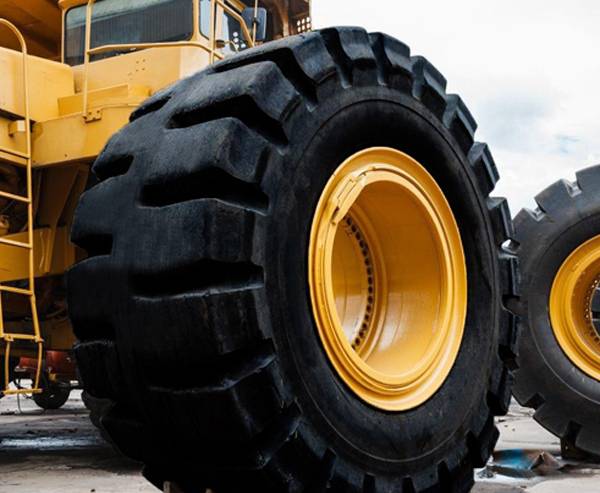
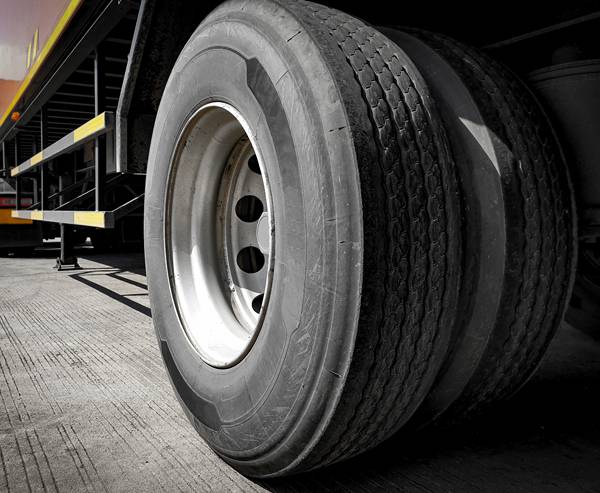
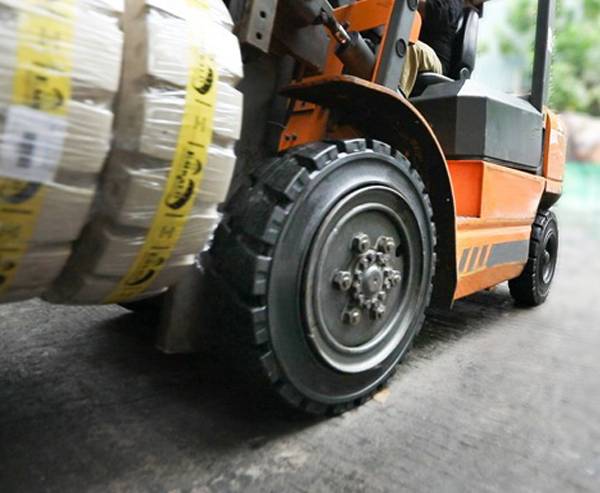


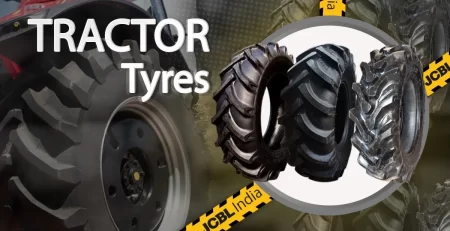

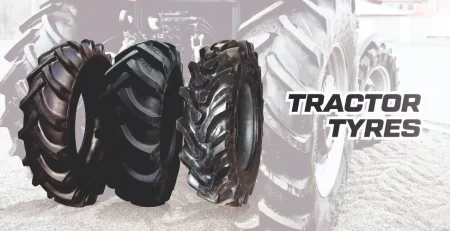







Leave a Reply